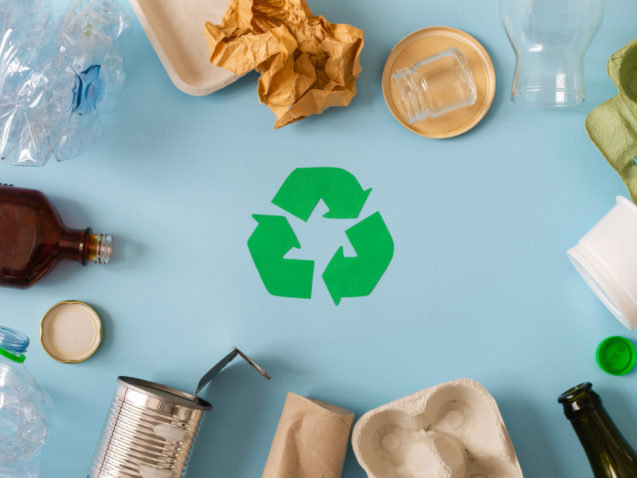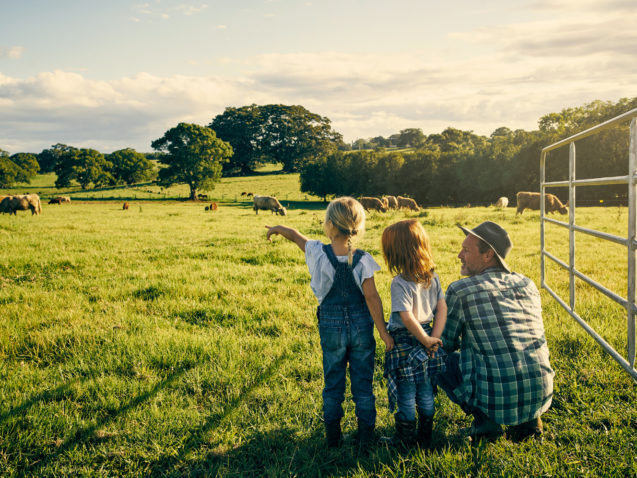As part of our #FoodFuture project we’re speaking to experts about how to best achieve more sustainable food systems. We spoke to ACE, the Alliance for Beverage Cartons and the Environment, to see how the beverage carton industry is pioneering sustainable packaging.
The EU bubble is putting a lens directly on the Commission’s Green Deal agenda following the publication of the Packaging and Packaging Waste Regulation (PPWR) proposal. Perhaps none more so than the beverage carton industry whose products provide a safe, circular and sustainable packaging solution for your everyday milk, juice and other food items.
Starting from their inception, beverage cartons are a crucial type of packaging. Beverage cartons comply with the overarching safety requirements of the EU and come with a Declaration of Compliance (DoC) towards various regulatory or industry standards. Thanks to their protective and recyclable barriers, they allow for longer shelf life, protection of food and prevention of food waste. This is particularly important for sensitive products such as milk and juice, especially when we consider that ~75% and 59%[1] of milk and juice (respectively) is packaged in beverage cartons in the EU, for example. Add to that the fact that beverage cartons are on average made of 75% of fibres and that they have the lowest carbon footprint in their category of milk and juice packaging[2], and you find yourself with a strong case to promote the use of beverage cartons as a sustainable packaging solution.
Beverage cartons are already recycled at scale in Europe, 51% in 2019[3], with the industry committing in their Roadmap to 2030 and Beyond to achieve at least a 70% recycling rate, verified by third parties, and produce beverage cartons only from renewable or recycled materials. Beyond that, the industry has continued to support their commitment to beverage carton recycling by investing over 200 million euros in Europe (with another 120-150 million planned on top) to support the recycling of all components of beverage cartons[4].
However, the ambitions of the industry must be supported by legislation to become a reality. What does not get collected, does not get recycled. This is why the industry is calling for the European Commission to set a mandatory 90% collection target for beverage cartons. Existing national collection targets have demonstrated that they provide the needed predictability for investments and allow for quality recycling.
Without a target, there could be an unsolicited push in the market towards greater use of substitute packaging leading to more plastic waste and greater CO2 emissions. It would also secure a level playing field between all packaging materials (the single use plastic directive mandates a 90% collection of PET bottles by 2030).
The time is now to ensure that proper measures are taken to not only protect, but also promote sustainable and innovative packaging solutions such as beverage cartons. So next time you take a sip of juice or pour your kids a glass of milk, think of how much of a difference that beverage carton makes in your everyday life.
1 Roland Berger: Impact assessment study of an EU-wide collection for recycling target of beverage cartons (2022); 2018 Liquid Fruit Market Report
2 Circular Analytics: Supporting evidence – Environmental performance of beverage cartons (2020)
3 Based on the existing calculation method according to which recycling is accounted to the predominant material; EC Decision 2005/270.
4 Roland Berger: Impact assessment study of an EU-wide collection for recycling target of beverage cartons (2022)




